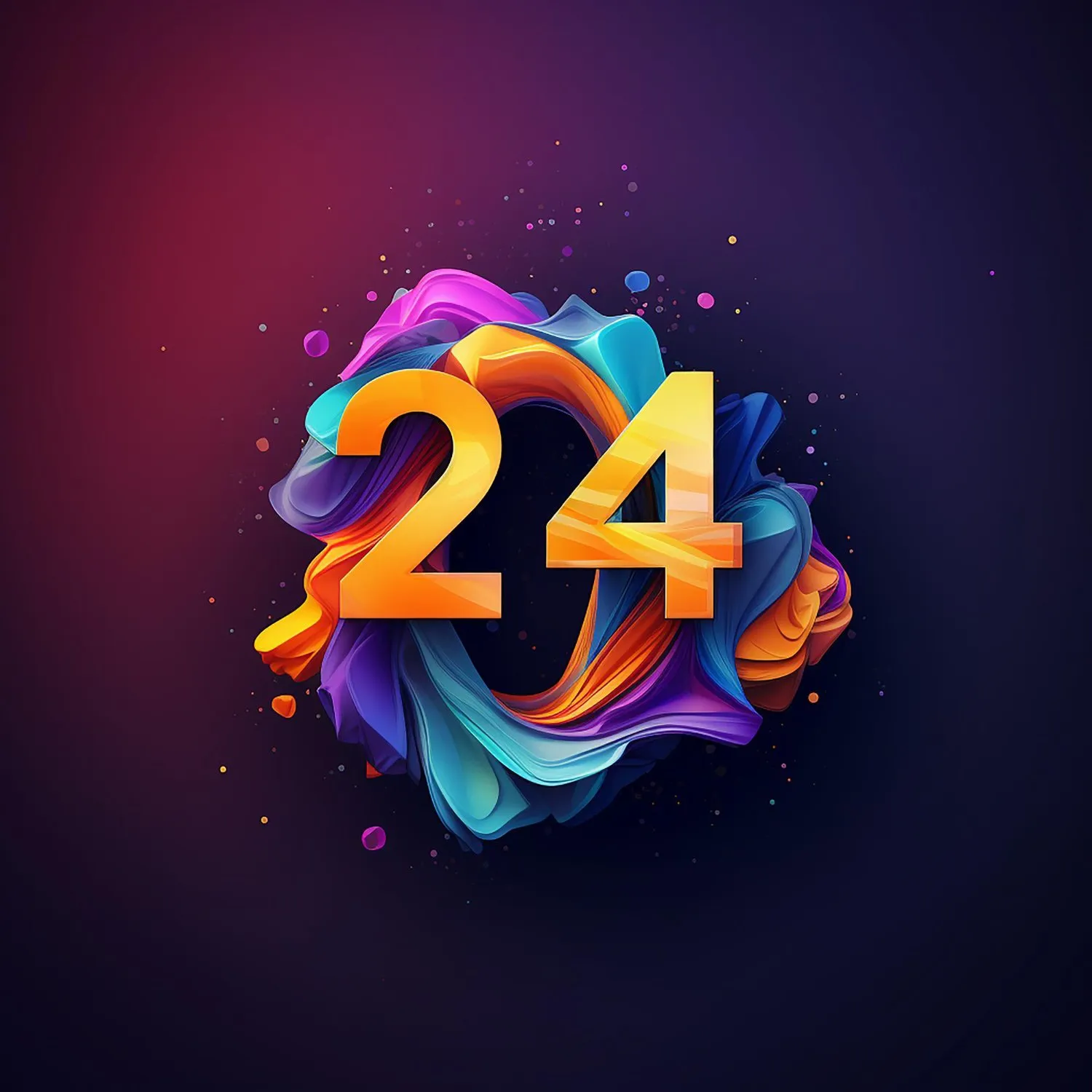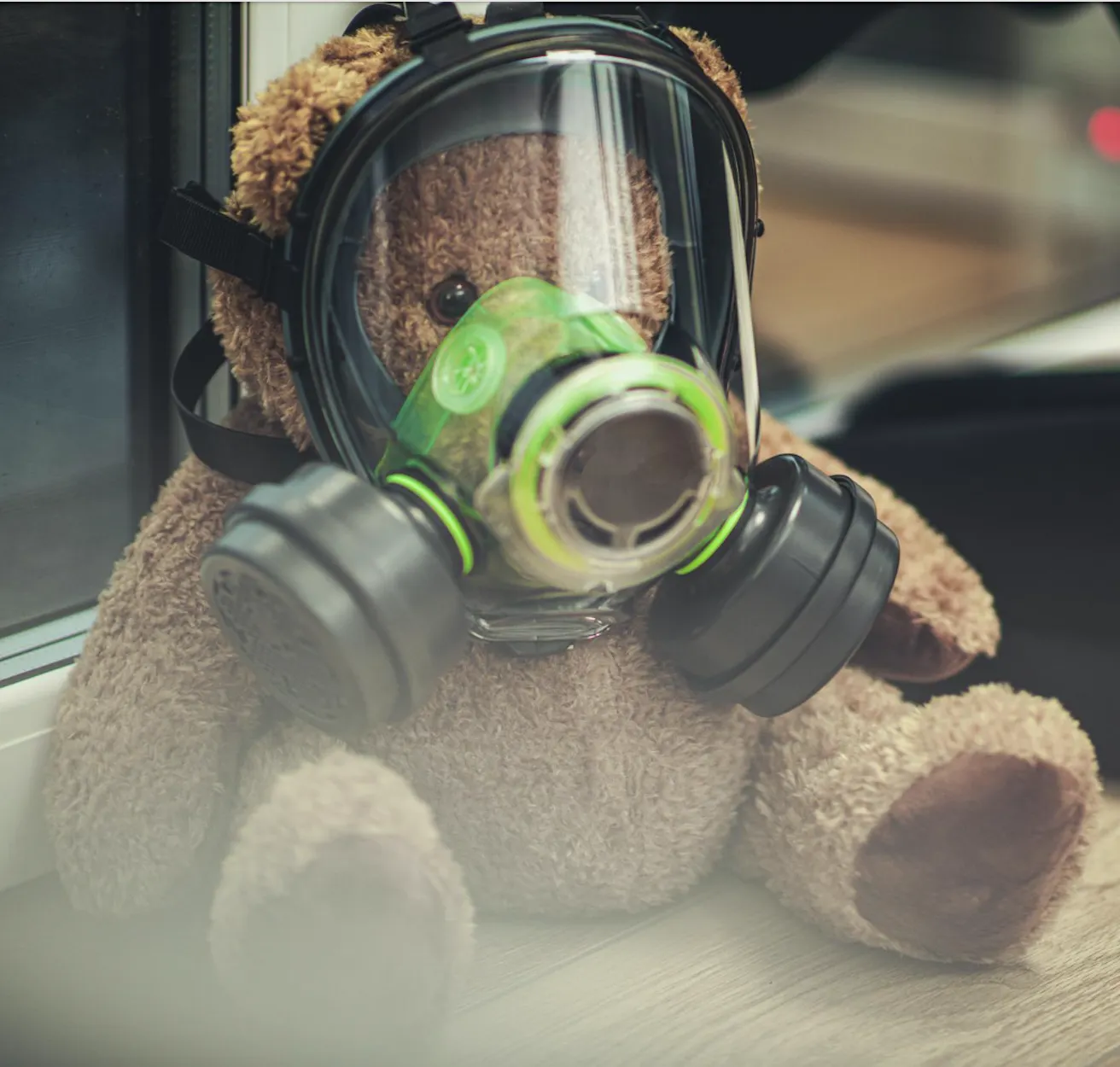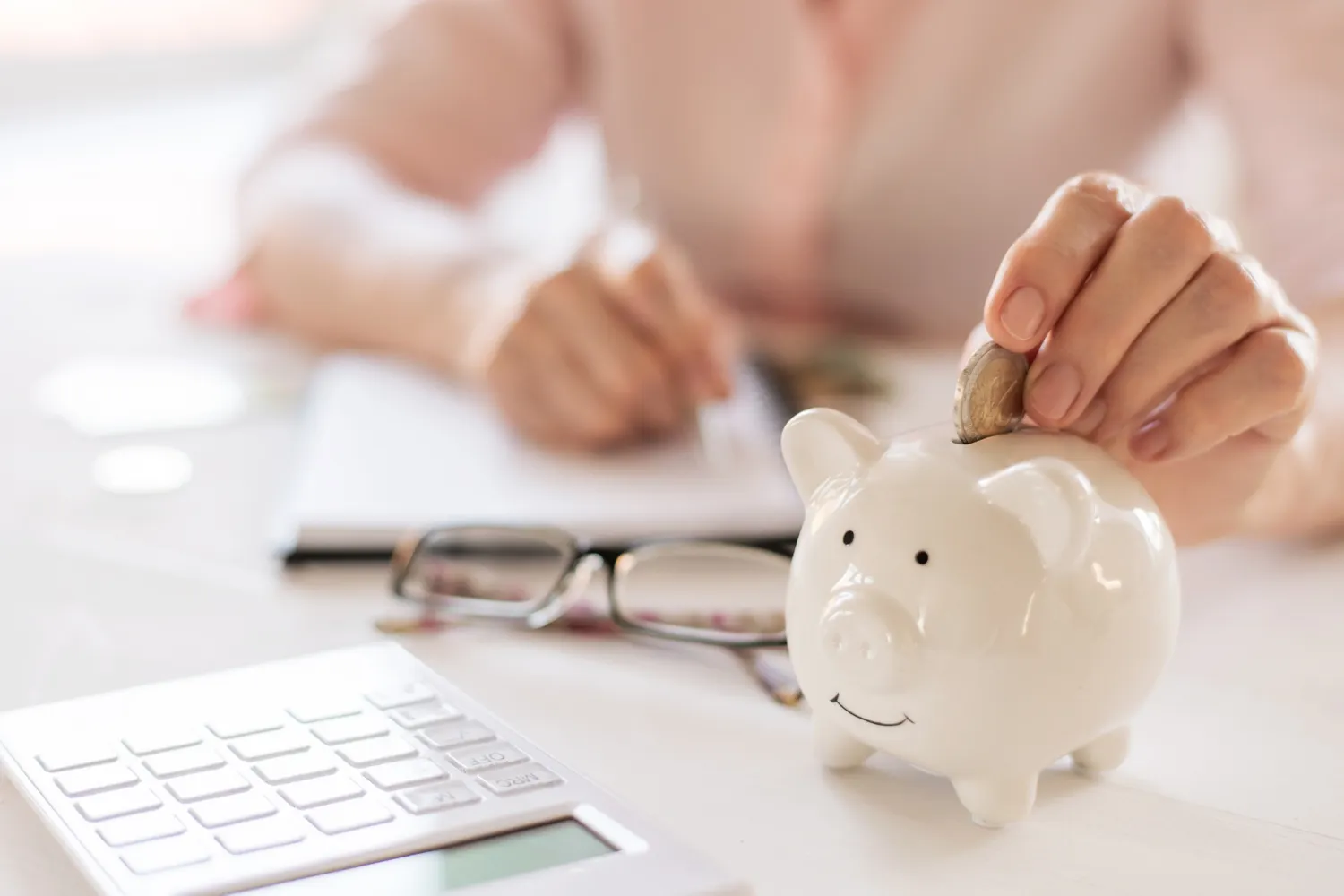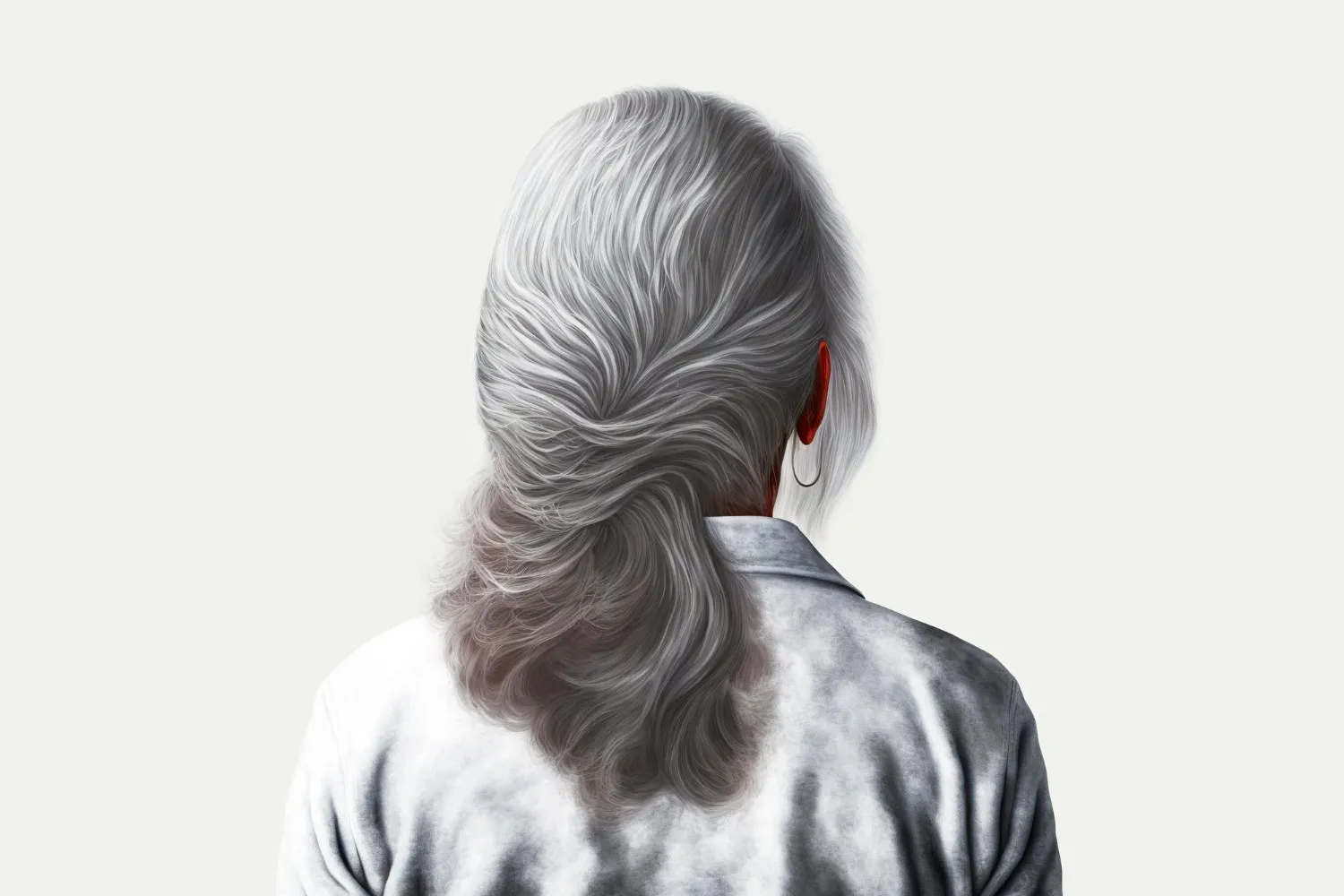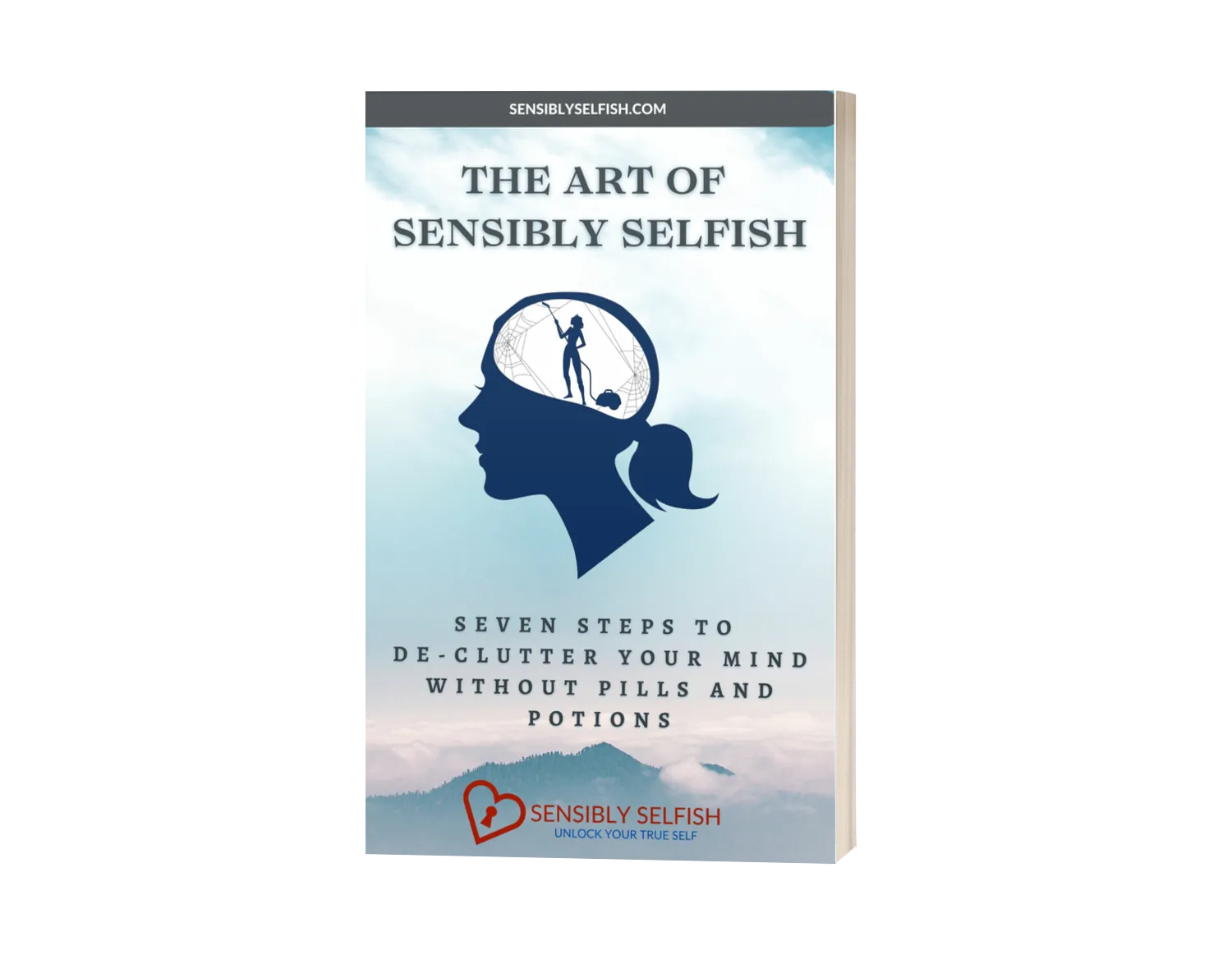Creating Your Self-Care Sanctuary
Self-Massage for DIY Wellness
[Toc]
Massage, an ancient practice that spans cultures and civilizations, has long been cherished for its ability to induce relaxation and promote overall well-being. While massage is commonly associated with soothing sore muscles, various techniques focus on specific points in the body, each believed to correspond to internal organs and systems. This post delves into the fascinating world of massage therapy, exploring how targeted touch on specific areas may offer benefits beyond mere relaxation.
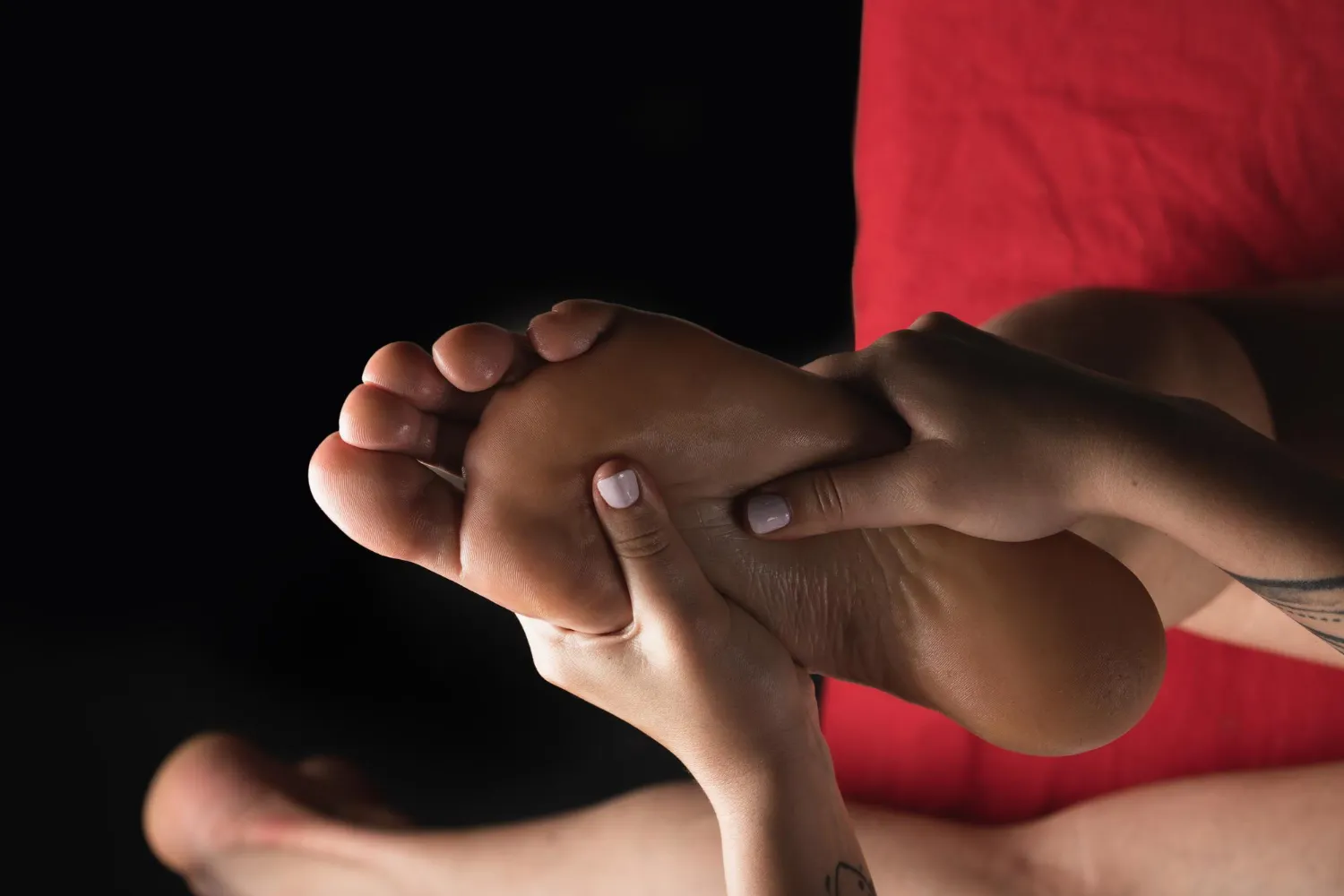
Reflexology and Feet
Reflexology, an alternative healing practice with roots in ancient Egypt and China, posits that the feet are a microcosm of the entire body. According to this theory, specific points on the feet correspond to various internal organs and systems.
For instance, massaging the ball of the foot is thought to influence the heart, while the heel may connect to the lower back and intestines. Beyond relaxation, foot massage, when practiced with intention, is believed by some to promote balance and contribute to overall health.
Indulging in a self-administered foot massage is a delightful and accessible way to unwind and promote relaxation. Find a quiet and comfortable space, sit back, and begin by applying gentle pressure with your thumbs to the ball of your foot. Move in circular motions, gradually working your way to the arch and heel. Pay special attention to any areas that feel tense or tender.
You can enhance the experience by incorporating a soothing massage oil or lotion, allowing your hands to glide effortlessly over the skin. As you massage, take slow, deep breaths to amplify the calming effects. Consider incorporating gentle stretches and rotations of the ankles to release additional tension. This simple foot massage not only eases the day's stress but also nurtures a sense of well-being from the ground up.
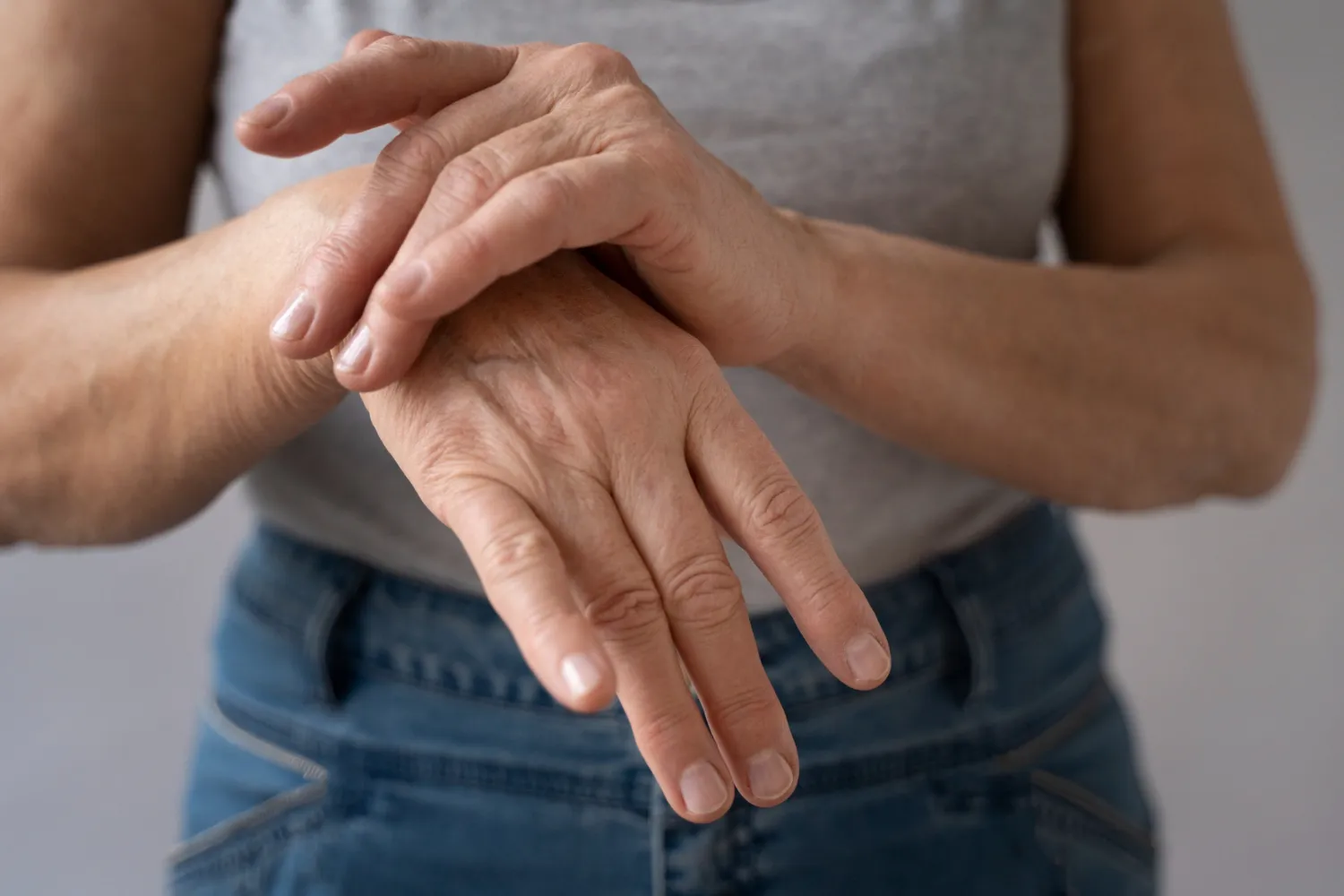
Hand and Palm Massage
The hands, particularly the palms, have a special place in traditional healing practices. Some believe that acupressure points on the hands correspond to the heart and can be stimulated through gentle massage. This practice is thought to not only relieve tension in the hands but also promote relaxation and a sense of well-being. As hands are a conduit for connection and expression, massaging specific points may offer a unique way to care for the heart, both symbolically and physically.
Treating yourself to a rejuvenating hand and palm massage is a wonderful way to unwind and promote relaxation. Begin by applying a small amount of your favorite lotion or oil to your hands, allowing for smooth movements. Start by gently massaging the palm of one hand with circular motions, paying attention to the fleshy areas beneath the fingers. Move on to the individual fingers, applying gentle pressure and kneading each one from base to tip. Don't forget the spaces between the fingers, where tension often accumulates. Continue the massage by extending the care to your wrist, using your thumb to make small circular motions. Repeat these steps on the other hand. As you indulge in this self-care ritual, focus on your breath and allow the soothing touch to melt away any stress or tension. Taking just a few minutes for a hand and palm massage can have a surprisingly rejuvenating effect on your overall well-being.
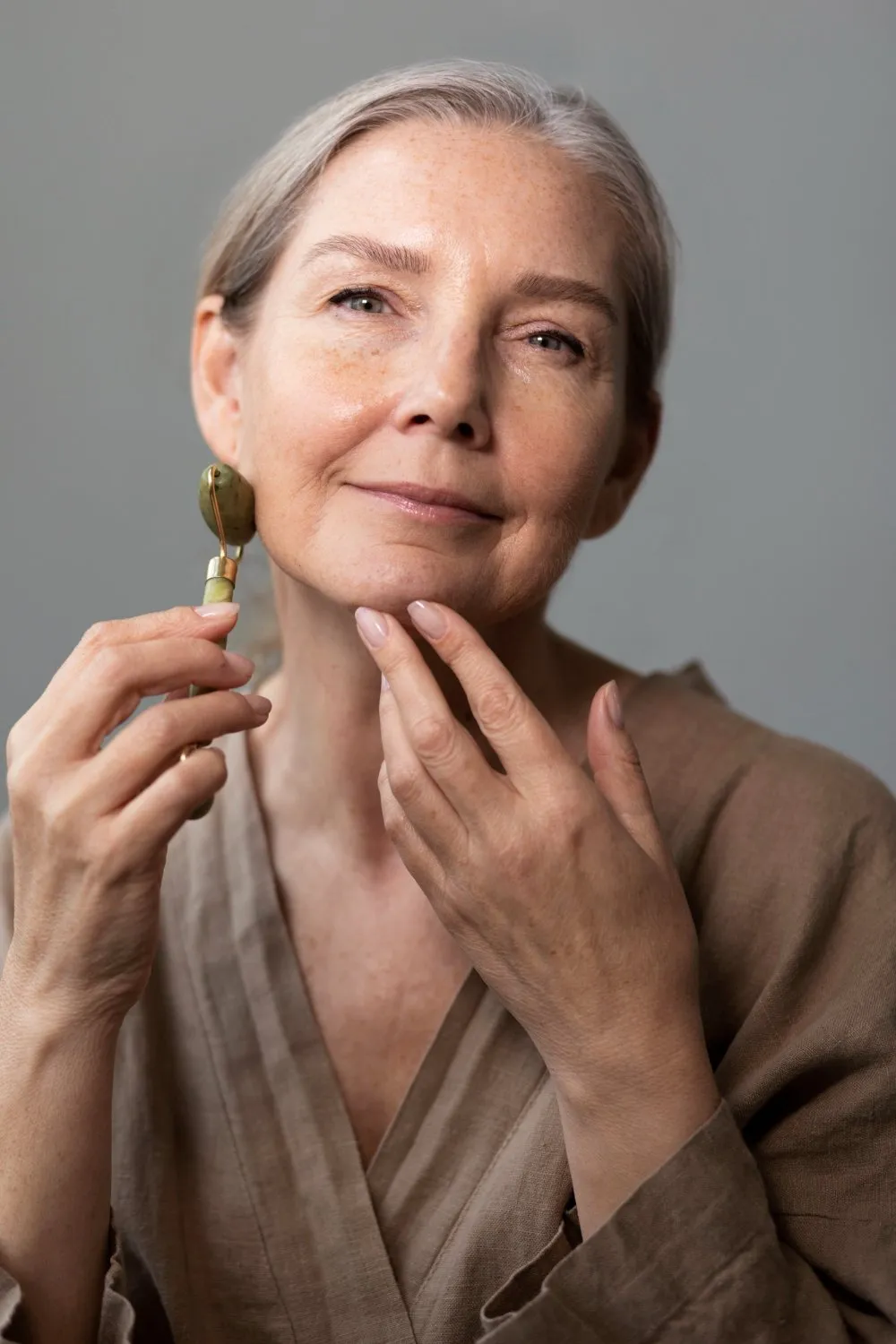
Scalp and Facial Massage
Scalp massage, with its roots in Indian Ayurveda, has gained popularity for its potential to stimulate hair follicles, improve blood circulation, and induce relaxation. When combined with facial massage, these practices can enhance skin tone and alleviate tension in the facial muscles. The therapeutic benefits extend beyond aesthetics, fostering a sense of rejuvenation and promoting holistic well-being.
Forehead: Use your fingertips to make small circular motions across the forehead, starting from the center and moving outward. Apply gentle pressure to release tension.
Temples: Using your index and middle fingers, massage the temples in a circular motion. Apply a light touch and gradually increase pressure if comfortable.
Cheeks: With your fingertips, gently sweep along the cheekbones in an upward motion. Use a light touch to avoid pulling on the delicate skin.
Under Eyes: Lightly tap the area under the eyes with your ring fingers. Be gentle and avoid applying too much pressure to the sensitive skin around the eyes.
The Nose: Use your thumb and forefinger to pinch along the bridge of your nose. This can help relieve tension and enhance circulation.
Jawline: With your fingertips, make small circular motions along the jawline. Apply gentle pressure to release tension in the jaw.
Neck: Gently massage the sides and back of your neck using upward strokes. This can help alleviate tension and promote relaxation.
Ears: Massage the earlobes and outer edges of the ears with your fingertips. Use a gentle touch and circular motions for a soothing effect.
Remember to use a light touch and adjust the pressure based on your comfort level. Incorporate a facial oil or moisturizer to allow your hands to glide smoothly across the skin. Facial massage not only promotes relaxation but also enhances circulation, contributing to a healthy and radiant complexion.
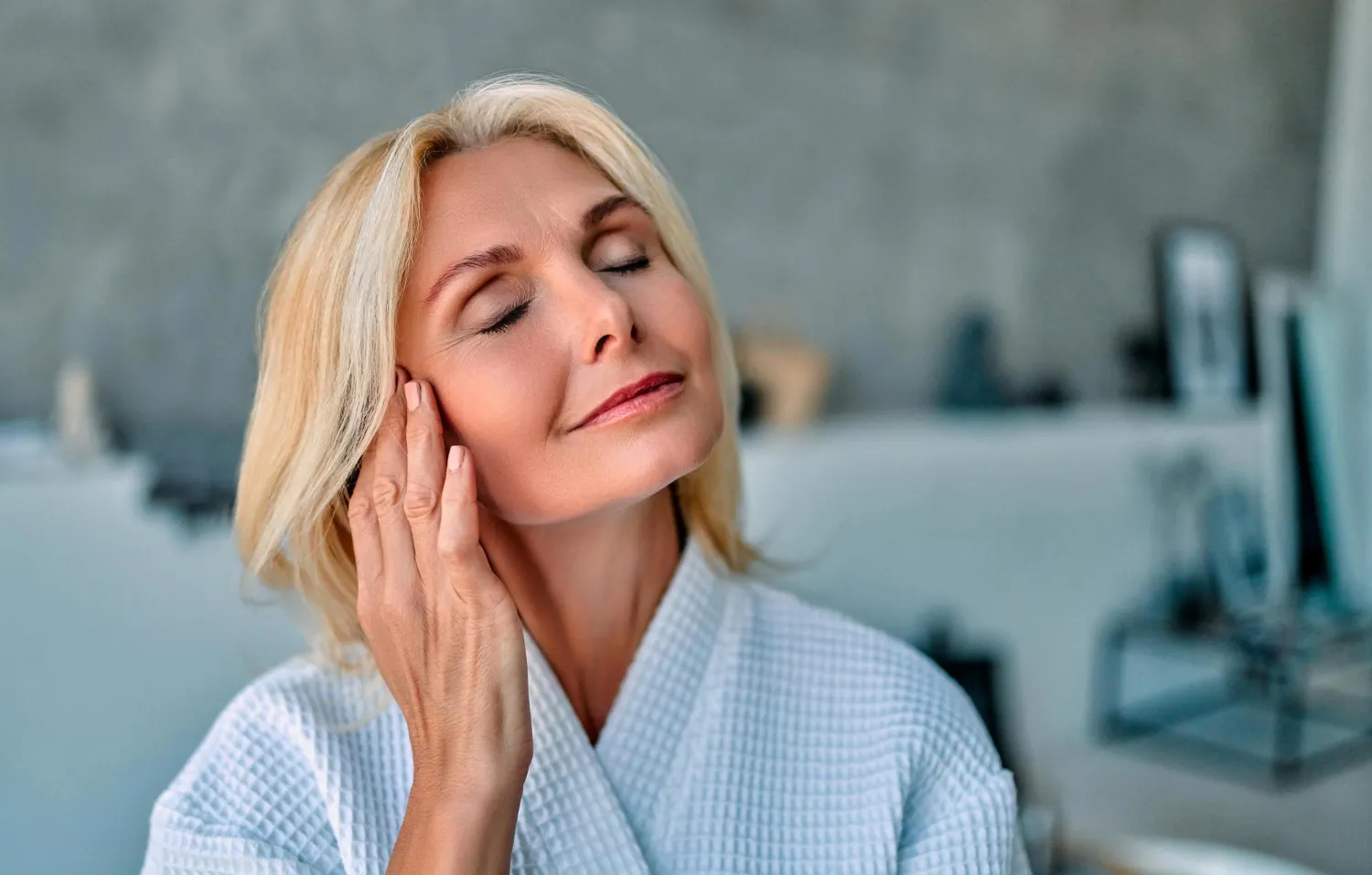
Ear Massage
The ears, often overlooked in traditional massage, play a significant role in reflexology. Certain points on the ears are believed to correspond to various organs and systems in the body. While ear massage may not be as commonly practiced as other forms, proponents suggest that stimulating these points can contribute to balance and relaxation.
Start with Gentle Strokes: Begin by gently stroking the entire ear, from the lobe to the outer edge. Use your fingertips and move in slow, circular motions. This helps to warm up the ear and relax the surrounding muscles.
Focus on the Earlobes: Pay special attention to the earlobes, which are often sensitive. Gently massage them between your thumb and forefinger using circular motions. This can help release tension and promote relaxation.
Explore the Inner Ear: Use your fingertips to explore the folds and contours of the inner ear. Apply a light touch and gentle pressure, moving in circular motions. Be mindful not to insert anything into the ear canal.
Apply Pressure to Points: Similar to reflexology, certain points on the ear are believed to correspond to various parts of the body. Apply gentle pressure to these points with your fingertips, and experiment with different levels of pressure to find what feels comfortable.
Incorporate Circular Massages: Use your thumb and forefinger to make small circular motions along the outer edges of the ear. This can be particularly soothing and help release tension.
Combine with Relaxing Techniques: Consider combining the ear massage with relaxation techniques, such as deep breathing. Inhale slowly as you massage, and exhale to release any built-up tension.
End with Gentle Strokes: Conclude the ear massage with the same gentle strokes you started with. This helps to transition out of the massage and leaves a sense of overall relaxation.
Remember, the key is to be gentle and attentive to your own comfort. If you experience any discomfort or pain, it's essential to stop the massage. A good ear massage can be a simple yet effective way to unwind and promote relaxation.
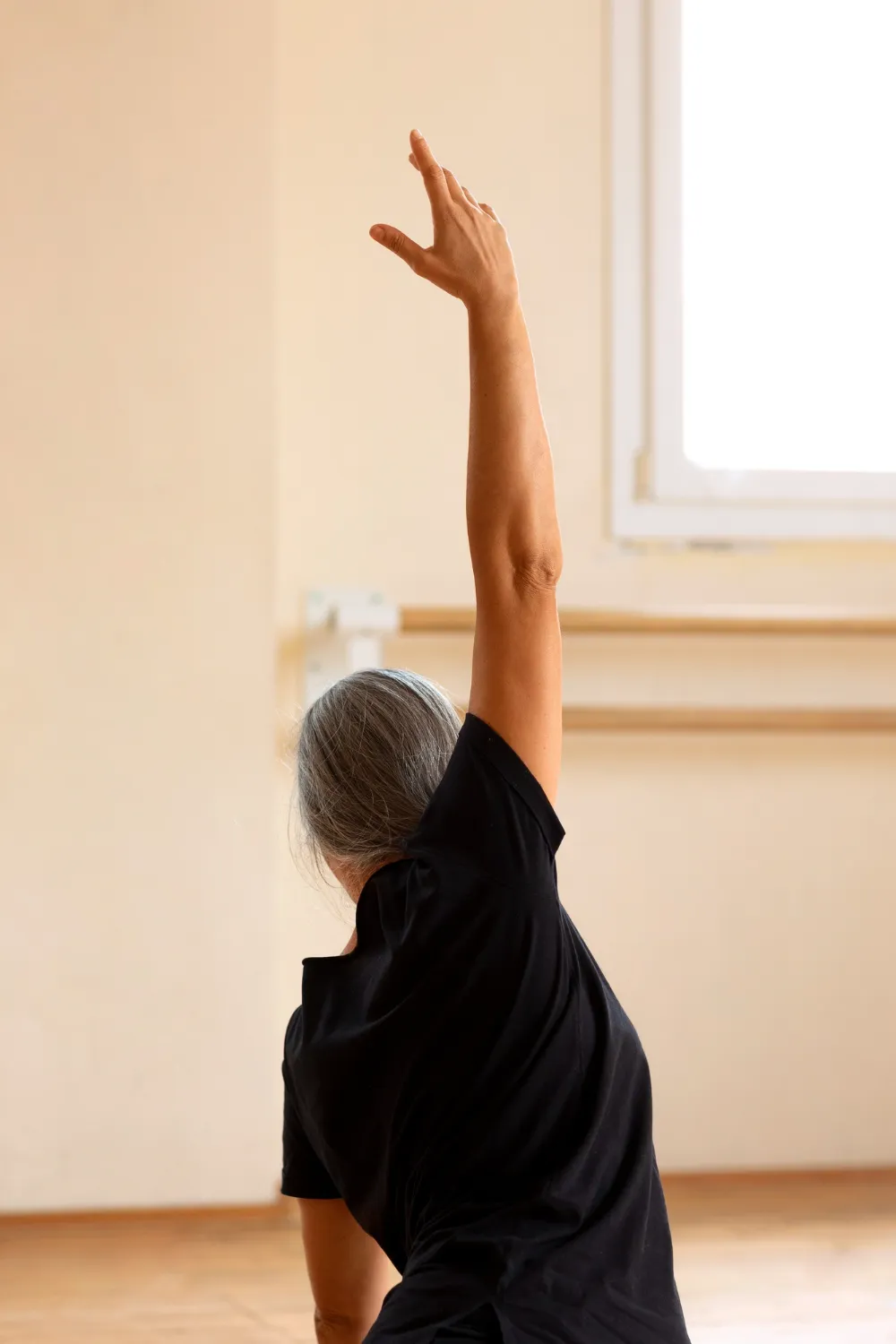
Back and Shoulders
Widely recognized for its muscle-relaxing properties, back and shoulder massage is a staple in the world of wellness. Beyond relieving tension, the practice can enhance flexibility and promote overall relaxation. Yet giving yourself a back massage is not the easiest of things to do, be patient with yourself or ask for help.
Giving yourself a back and shoulder massage can be a wonderful way to alleviate tension and promote relaxation. Here's a step-by-step guide:
Find a Comfortable Space: Begin by finding a quiet and comfortable space where you can sit or stand without feeling rushed.
Use a Massage Tool or Props: If you have a massage tool, such as a foam roller or a massage ball, you can use it to target specific areas of tension. Alternatively, you can use props like a tennis ball placed between your back and a wall.
Warm-Up Your Muscles: Warm up your muscles by applying gentle heat to the area. You can use a heating pad or take a warm shower or bath before starting the massage.
Start with Gentle Strokes: Begin with gentle strokes using the palms of your hands. Move your hands in circular motions along the shoulders and upper back. Apply a comfortable amount of pressure.
Focus on Knots and Tension: Identify areas with knots or tension and concentrate on those spots. Use your props to apply more targeted pressure.
Use Your Elbows: For deeper pressure, use your elbows to knead and press into the muscles. Make sure to adjust the pressure based on your comfort level.
Incorporate Kneading Motions: Perform kneading motions by squeezing and lifting the muscles with your hands. This technique can help release tension.
Stretch and Rotate: Incorporate gentle stretching and rotating movements. For example, raise one arm overhead and gently lean to the opposite side to stretch the muscles along the side of your torso.
Apply Pressure with Your Knuckles: Lying on the ground you can use your knuckles to apply pressure along the spine, moving in a downward motion. This can help release tension in the muscles surrounding the spine.
End with Relaxing Strokes: Conclude the self-massage with soothing and relaxing strokes. Use long, sweeping motions to promote overall relaxation.
Deep Breathing: Throughout the massage, focus on deep breathing. Inhale slowly through your nose, and exhale through your mouth to enhance the relaxation response.
Remember to listen to your body and adjust the pressure accordingly. If you have any pre-existing conditions or concerns, it's advisable to consult with a healthcare professional before attempting self-massage. Regular self-massage can be an excellent addition to your wellness routine, helping to manage stress and maintain muscle health.
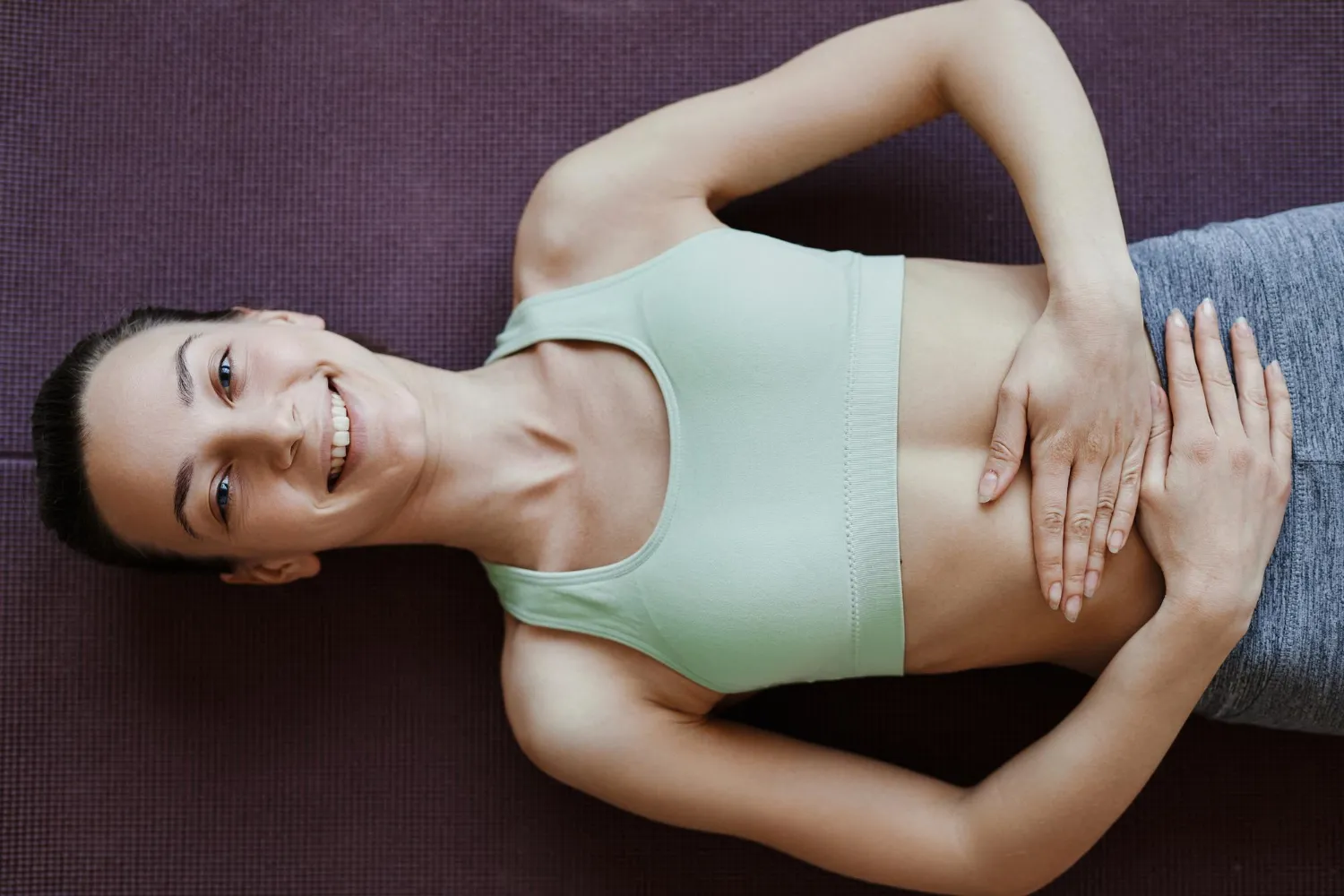
Abdomen Massage
Abdominal massage, less commonly discussed, can aid digestion and release tension in the abdominal muscles.
A good abdomen massage can help promote digestion, alleviate tension, and contribute to overall relaxation. Here's a step-by-step guide:
Ensure a Comfortable Position: Start by lying down in a comfortable position. You may choose to place a small pillow under your knees to support your lower back.
Warm-Up: Apply a bit of warmth to your abdomen. You can use a warm towel or your hands to gently warm the area. This helps relax the muscles and prepare them for massage.
Use Gentle Strokes: Begin with gentle strokes using the palms of your hands. Move your hands in a circular motion, starting from the lower right side of your abdomen, moving up towards the ribs, and then across to the left side before moving down. Repeat this circular motion.
Kneading Motions: Use your fingertips to perform kneading motions on your abdomen. Apply gentle pressure and knead the muscles in a circular or back-and-forth motion.
Circular Motions Around the Navel: Focus on the area around the navel. Use your fingertips to make small circular motions in a clockwise direction. This follows the natural direction of the digestive tract and can aid in promoting healthy digestion.
Gentle Pressure on Acupressure Points: If you're familiar with acupressure, you can apply gentle pressure to specific points on the abdomen associated with digestion. Consult a guide or a healthcare professional for the appropriate points.
Diaphragm Release: Place your hands just below the ribcage and apply gentle upward pressure. This can help release tension in the diaphragm and promote deep breathing.
Breathing Exercises: Incorporate deep breathing exercises into the massage. Inhale slowly through your nose, allowing your abdomen to rise, and exhale through your mouth, allowing it to fall. This enhances the relaxation response.
Be Mindful of Pressure: Pay attention to your body's response and be mindful of the pressure you apply. The abdomen is a sensitive area, and too much pressure may be uncomfortable.
End with Relaxing Strokes: Conclude the massage with gentle and relaxing strokes, similar to the way you started. This helps to transition out of the massage smoothly.
It's important to note that abdominal massage may not be suitable for everyone, especially those with certain health conditions or during pregnancy. If you have any concerns or health issues, it's advisable to consult with a healthcare professional before attempting abdominal massage.
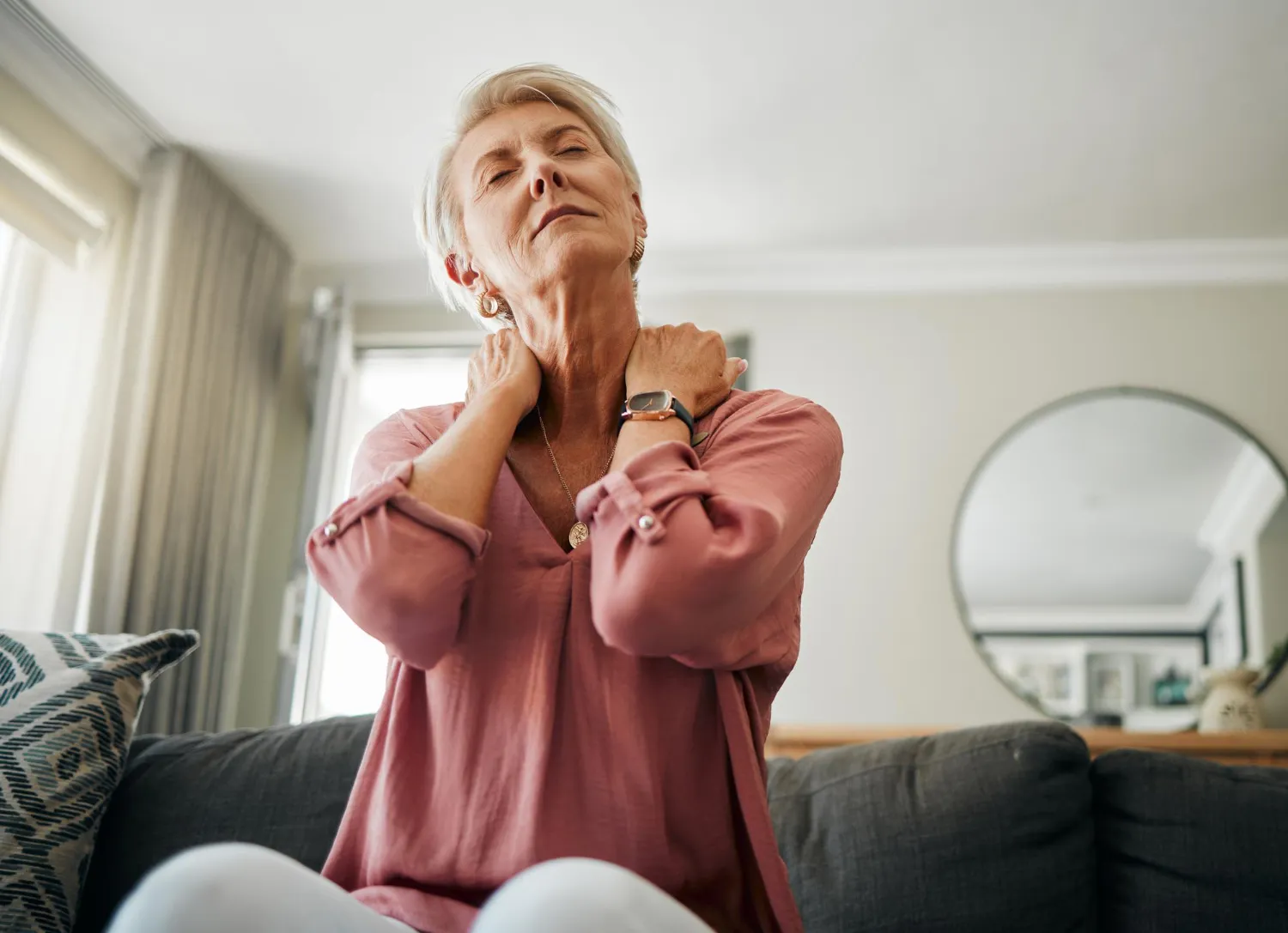
Considerations and Precautions
While massage can be a delightful and therapeutic experience, it's crucial to approach it with mindfulness and consideration for individual health needs. Take time to learn different techniques and find what feels good for you.
As well as self-massage consulting with healthcare professionals or licensed massage therapists is essential, especially for those readers with specific health concerns or conditions. Additionally, a qualified massage therapist will ‘feel’ your body's needs and will not be afraid to touch sore areas, go into deeper tissue, or avoid tensions. Communication with the massage therapist about personal preferences for touch and pressure ensures a positive and comfortable experience.
Massage as a Path to Well-being
In conclusion, the art of massage extends beyond relaxation, weaving a tapestry of potential benefits when specific points on the body are intentionally addressed. Whether through foot reflexology, hand and palm massage, or the therapeutic touch on the scalp and face, each technique offers a unique pathway to well-being.
As we explore these practices, it's important to approach them with curiosity, mindfulness, and a commitment to individual health. In the world of massage, the power of touch becomes a gateway to holistic wellness, inviting us to discover the profound interconnectedness between our physical bodies and the ancient wisdom embedded in these time-honored practices.
Final Thoughts
Embark on your self-care journey today! Try these simple self-massage techniques and let us know how they work for you. Share your experiences, favorite techniques, or any additional tips in the comments below. We'd love to hear about your self-care rituals and create a space for inspiration and support. Remember, taking a few moments for yourself can have a profound impact on your well-being. Join the conversation and let's elevate our self-care practices together!

